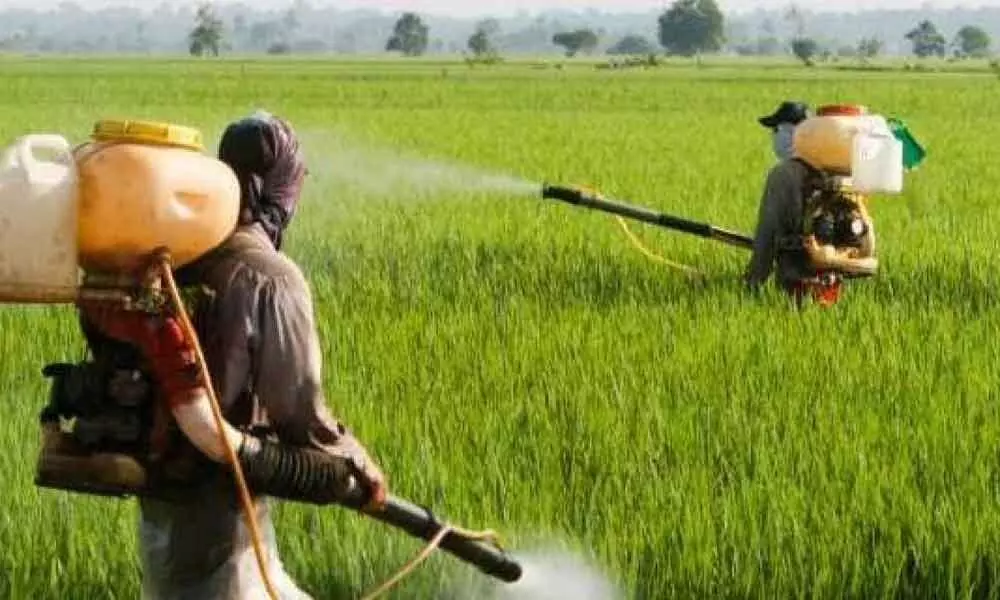Inflation is painfully high, but good winter crop set to soothe worries
image for illustrative purpose

India's benchmark inflation rate measured by the Consumer Price Index (CPI), firmed up to a three-month high of 4.91 per cent year-on-year in November on the back of a rise in vegetable prices. The CPI inflation in rural India stood at 4.29 per cent, while it was 5.54 per cent in urban areas.
However, there is no reason to worry at all. The more the winter deepens, the more will it help ease retail inflation. In fact, the CPI has remained within the tolerance level of 2-6 per cent for the fifth consecutive month. Not to mention that the Monetary Policy Committee (MPC) has mandated it to be in this very range. In another way, it provides a kind of relief that the November figure was very much in the comfort zone.
Interestingly, a Reuters' poll of economists had pegged November's retail inflation reading at 5.10 per cent. Core inflation, which is the non-food non-fuel component of the CPI basket, stood at 6.1 per cent against 5.8 per cent seen in the month before. The committee expects the spike in vegetable prices to reverse with the winter arrivals.
Yes, there lie a host of challenges for this to happen. The Fed doubles taper has signalled three rate hikes in 2022 in inflation pivot. To add to its woes, WPI inflation has hit a record high of 14.23 per cent. It may lead to further rise in retail inflation in future. It however may be mentioned here that WPI remained in double digits for 8th month in a row.
Still, there are pointers in favour of retail inflation to be within the tolerable limits. The inflation print for November is lower than 6.93 per cent registered in November 2020. A moderation in the CPI inflation for fuel and light, paan, tobacco and intoxicants, and miscellaneous items, was outpaced by a rise in inflation for food and beverages, housing, clothing, and footwear. In fact, input price pressures and supply-side shortages are pushing up prices at the consumer level and, going ahead, may further impact the demand.
For example, fuel and light inflation stood at 13.4 per cent in November from the month-ago reading of 14.4 per cent, while vegetables recorded at -13.6 per cent inflation as against -19.4 per cent a month ago. Clothing and footwear inflation was at 7.9 per cent in November compared with 7.5 per cent a month ago, while transport and communication inflation was at 10.02 per cent as against 10.9 per cent in October.
The RBI in its monetary policy statement earlier this month, cited 'the bumper kharif crop, rising prospects of a good rabi harvest, larger winter arrivals of key vegetables and softer egg and poultry demand on avian flu fears' as factors that augured well for the months ahead. Let us hope that retail inflation comes in a comfortable level in near future and the measures being taken by the government towards this prove to be fruitful.

